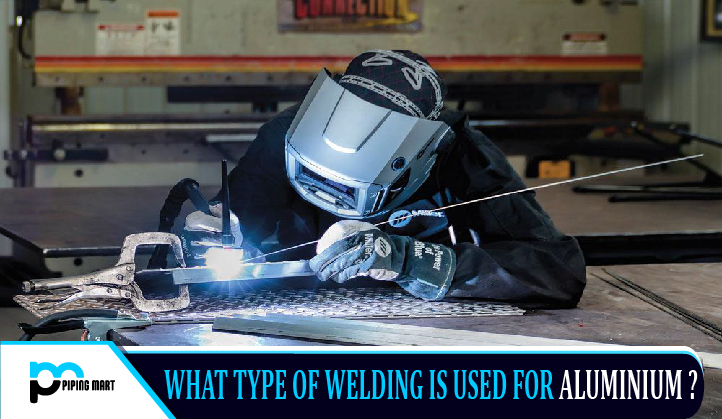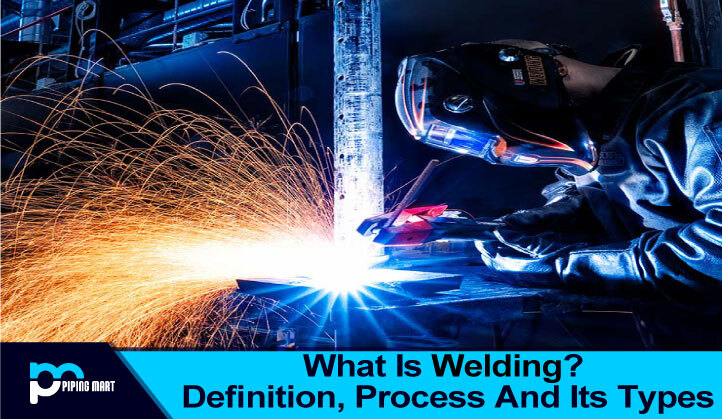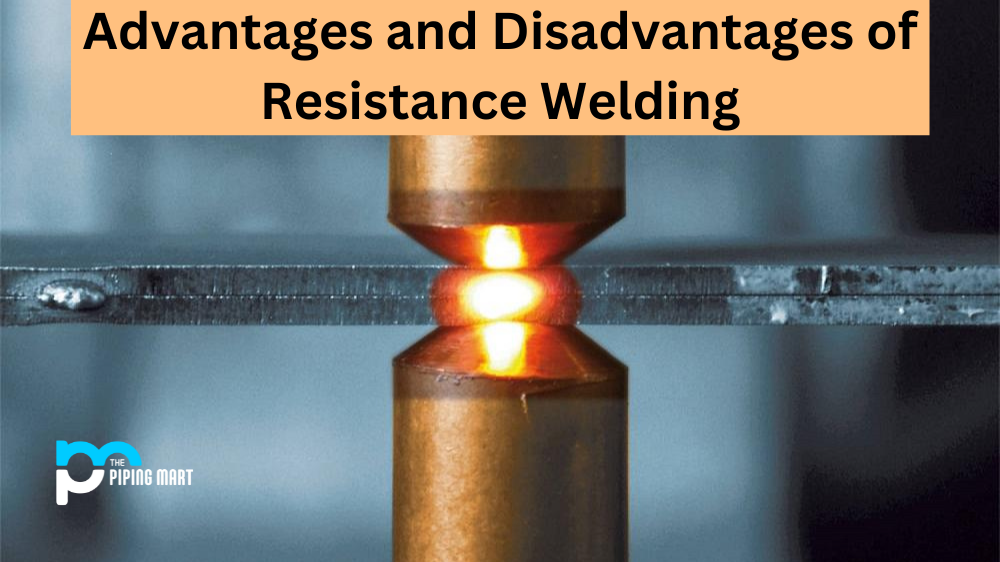Aluminum is a material that is lightweight, flexible, and has moderate strength. This material can be machined, hardened, cast, forged, and welded. Aluminum is one of the convenient materials to use for manufacturing purposes, but it is difficult to weld. Because welding of aluminum needs different shielding gases, various welding methods, many specifications, and several pre-weld and post-weld processes. All these processes and techniques are required to weld Aluminum. The welding processes that are fit for welding both may require alterations so that they can be used to weld aluminum. Aluminum can be welded conveniently or quickly, but it is essential to apply the correct welding process. Not all types of welding methods are perfect for applying for Aluminum welding. The following processes are suitable to use:
GMAW/ MIG
Gas Metal Arc Welding (GMAW) or Metal Inert Gas (MIG) welding is another best alternative to apply for welding aluminum. Gas Metal Arc Welding usually has larger deposition rates and quicker transmission speeds than the Gas Tungsten Arc Welding method. GMAW utilizes a mechanical wire feeding method for welding. This welding method includes a spool gun or push-pull gun, which helps to feed aluminum wire for welding. Furthermore, it is necessary not to use 75% Argon, 100% CO2, or 25% C02 shielding gas. These gases are suitable to use in the welding process of steel, but aluminum cannot endure the reactive C02 gas. This welding process can be applied by taking advice from experts or clients.
GTAW/ TIG
Gas Tungsten Arc Welding (GTAW) or Tungsten Inert Gas (TIG) is one of the most common welding processes for aluminum. This welding process is generally applied to all grades of Aluminum. GTAW is an exceptional process for aluminum welding because it does not need mechanical wire feeding. Mechanical wire feeding can produce feedability problems. Alternatively, the filler metal is packed into the puddle by the operator or the welder manually. The Gas Tungsten Arc Welding process is incredibly accurate and useful, which can limit aluminum from being polluted by the environment.
Laser Beam Welding and Electron Beam Welding
Beam welding processes are suitable for aluminum welding. In this welding process, the power frequency of the beam is so high, and cold starts are less of a concern. In Laser Beam Welding, metal light reflectivity can be an issue, and shielding gas optimization is necessary to reduce porosity. This type of welding is convenient to choose for Aluminum welding, but it is required to apply with proper considerations.
Electron beam welding commonly does not have these difficulties while welding. Because it does not utilize light as a primary source or as an energy medium. This welding is done in a vacuum. This welding process is easier than the Laser Beam welding process and also effective than other types of welding.
Resistance Welding
Resistance welding is not perfect for welding aluminum, but it can be applied as per the demands. There are many difficulties that originate from the thermal and electrical conductivity of aluminum. Parameter expansion time may be essential, and resistance welding equipment may be needed to defeat these challenges. This welding is optional while choosing the aluminum welding processes.

Pipingmart is B2B portal specializes in industrial, metal and piping products. Also, share latest information and news related to products, materials and different types grades to help business dealing in this industry.




